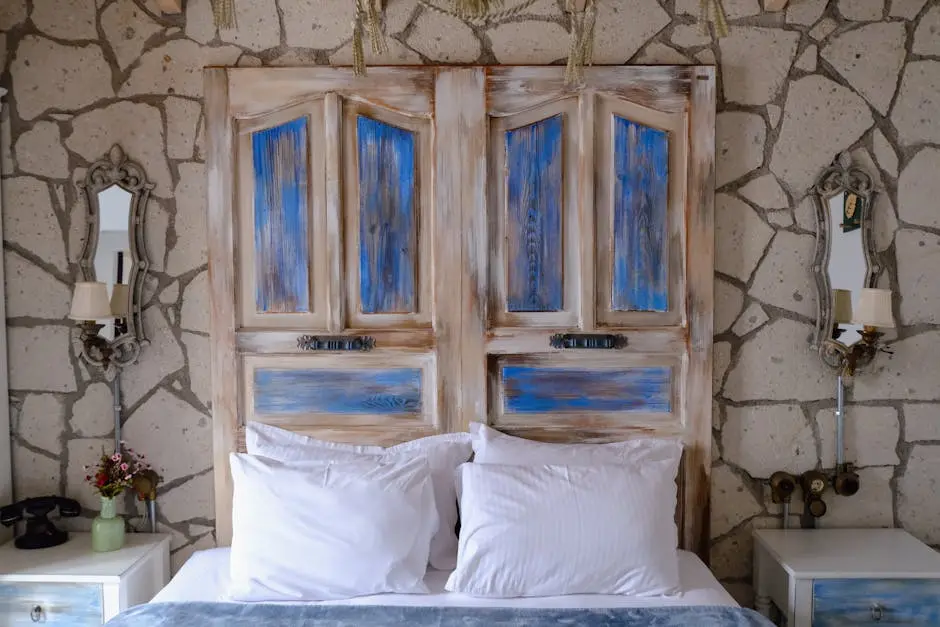Traditional Interior Design: Embracing the Past with Modern Flair
Traditional interior design is a celebration of timeless elegance and historical charm. By incorporating elements from the past with contemporary touches, it becomes a style that truly reflects sophistication and grace. In this blog, we’ll explore how you can blend traditional and modern aesthetics to create a space that feels both classic and current.
Understanding the Core Elements of Traditional Design
Traditional interior design is all about recognizing and appreciating historical contexts. It captures the charm of bygone eras by focusing heavily on architectural details like crown molding, paneling, and expansive door frames. These elements provide a canvas where rich wood tones and elegant upholstery can truly shine. When stepping into a space designed with traditional aesthetics, one often notices the symmetry that governs the layout, fostering a sense of orderliness and stability. Furniture pieces in this style are often but not exclusively crafted from materials like mahogany or oak, adding to the robust yet soft appearance of the room.
Ornamentation also plays a crucial role, with decorative trims, fringe, and tassels adding layers of visual interest. This style leans towards classic forms, including wingback chairs and four-poster beds, each telling a story of their own origin and heritage. Such designs often draw inspiration from varied historical periods and geographical regions, showcasing a rich tapestry of cultural influences.
Incorporating Modern Accessories
While traditional design provides the structure, modern accessories bring versatility and freshness. These are the elements that make the space feel alive and current, bridging the gap between the past and present. For example, adding a sleek metal floor lamp next to a vintage armchair can create an interesting dichotomy full of character and depth. The key lies in choosing pieces that enhance rather than overshadow the rich narratives already present in traditional design.
Even something as simple as a contemporary rug with bold geometric patterns can redefine a space by providing an interesting visual anchor. Such incorporations not only update the aesthetics but also encourage functionality without disrupting the overall harmony. Consider integrating smart technology with traditional pieces for a seamless blend, allowing the space to benefit from both comfort and elegance.
The Harmony of Patterns and Textures
Patterns and textures are the very essence of traditional interior design. These elements enrich interiors by adding layers that beg to be explored visually and tactilely. Florals, paisleys, and damasks often reign supreme, while textures range from lush velvets to crisp linens, each contributing to a narrative of opulence and comfort.
Incorporating layered window treatments, such as sheer drapes under heavier curtains, can further accentuate the grandeur so intrinsic to traditional designs. Using a mix of materials like wool and silk in upholstery or throw pillows adds depth without overwhelming the viewer with too many focal points. Balance is achieved by mindful distribution and repetition across the space to maintain a cohesive look.
Selecting the Right Color Palette
Color is pivotal in weaving traditional design with modern flair. Rich hues such as burgundy, navy, and forest green form a strong base, often accentuated by lighter, softer tones like cream and taupe. These colors usher in a sense of richness and sophistication, essential in capturing the quintessence of traditional elegance.
Introducing modern shades such as muted grays or bold blacks can provide a striking contrast that elevates the overall design. This nuanced approach to color not only maintains the integrity of traditional style, but also infuses it with a contemporary twist to create a space that feels current. Understanding how colors play off each other can offer endless possibilities for customization and personalization.
Furniture and Layout Considerations
The choice of furniture in any traditional setting is crucial, as it serves as the room’s focal point. Opt for furniture with classic silhouettes and ornate detailing, such as rolled-arm sofas or intricately carved wooden tables. But don’t shy away from pairing a vintage sofa with a minimalist coffee table, as this mix can breathe life into the room, making it both inviting and current.
Arranging furniture also requires strategic thinking to ensure ease of movement and functionality. Traditional layouts often favor symmetry, but introducing asymmetrical elements can add an unexpected modern edge. For example, placing a distinctive mid-century modern chair in a room otherwise filled with antiques can create exciting visual tension and drama while still achieving a harmonious balance.
The Perfect Blend of Past and Present
Embracing traditional interior design does not mean your home has to feel outdated. By thoughtfully integrating modern flair, you can enjoy the best of both worlds. Whether it’s through the furniture you choose, the patterns you incorporate, or the way you balance old and new elements, your space can be a perfect reflection of your personal taste and the timeless beauty of traditional style.

